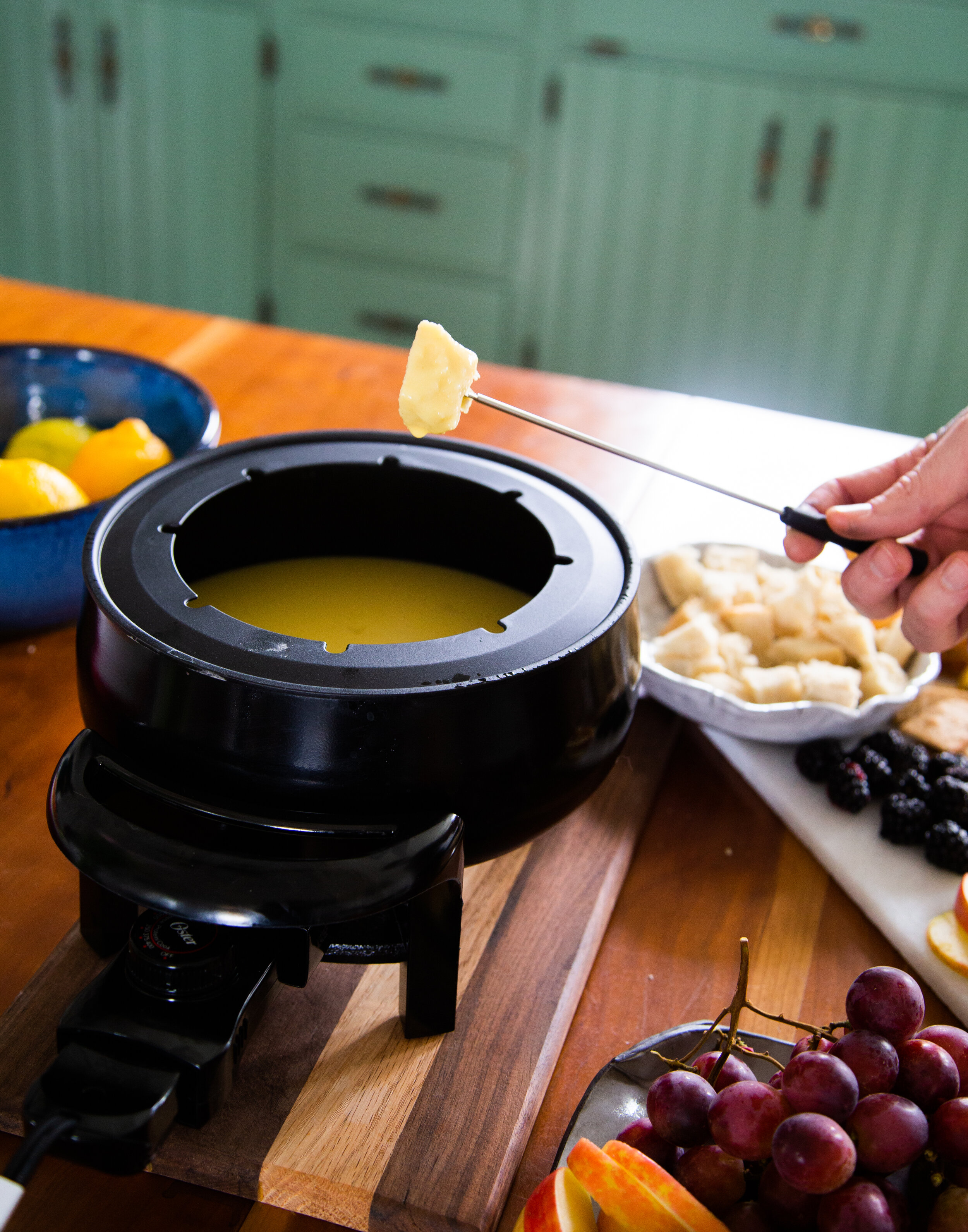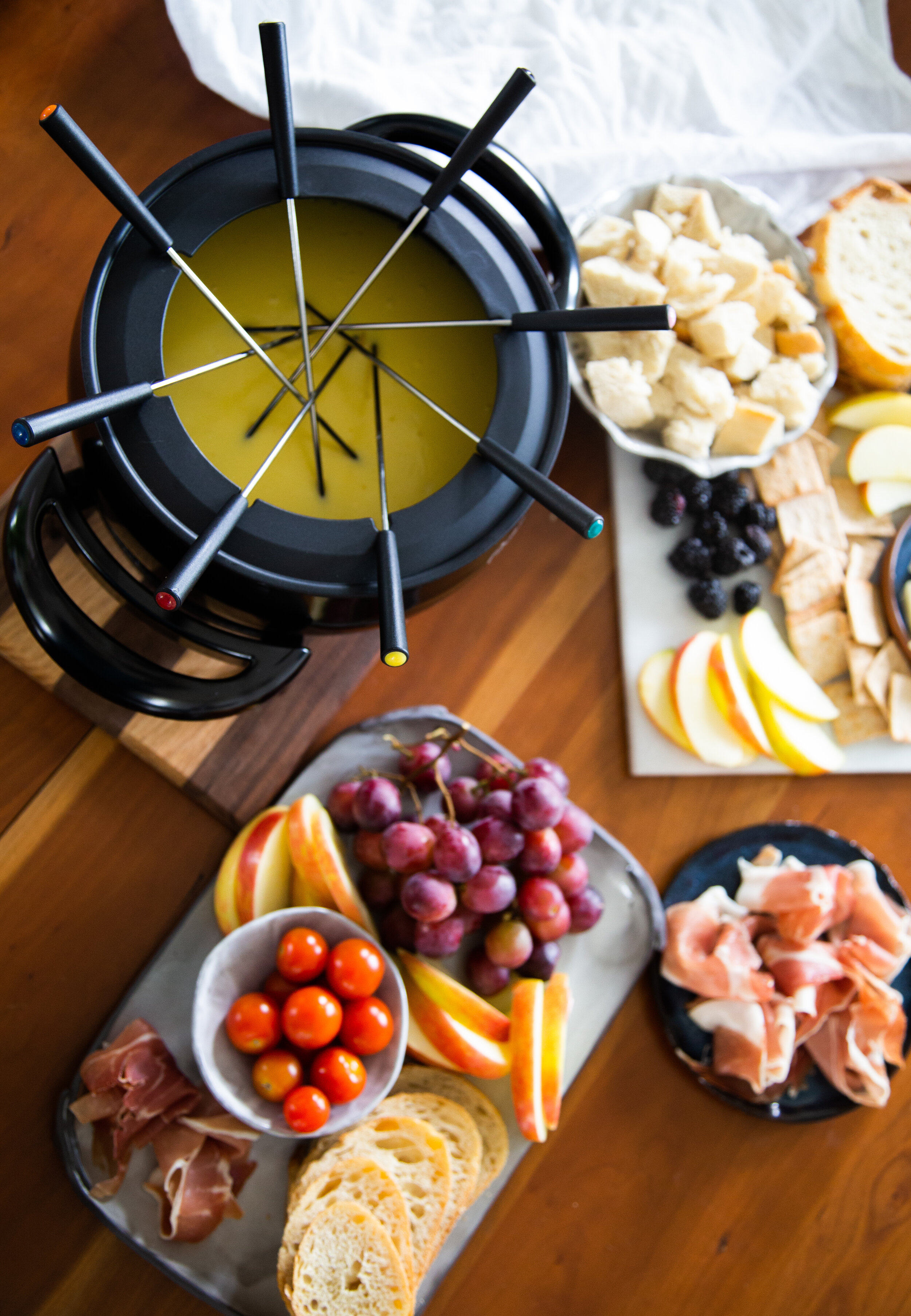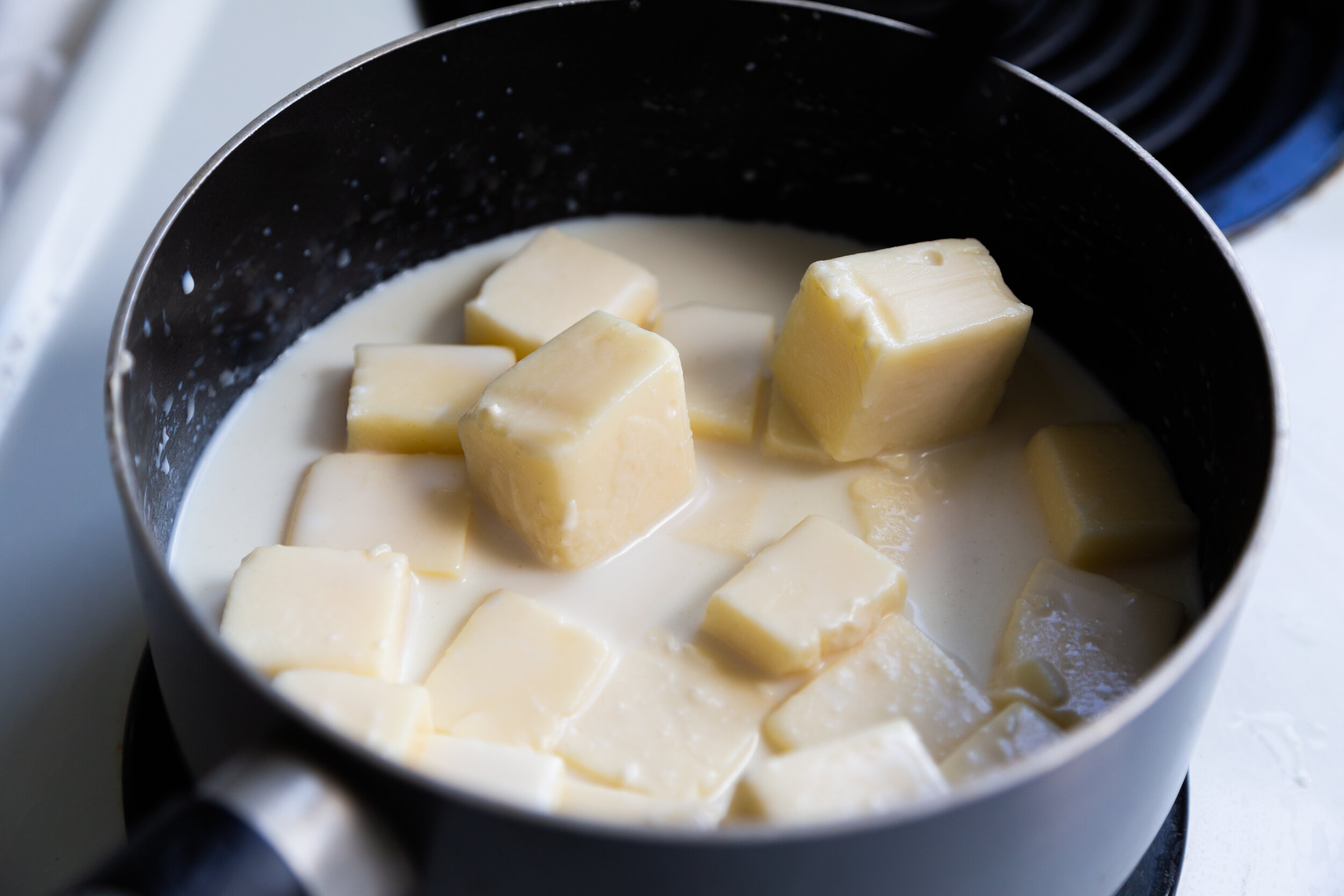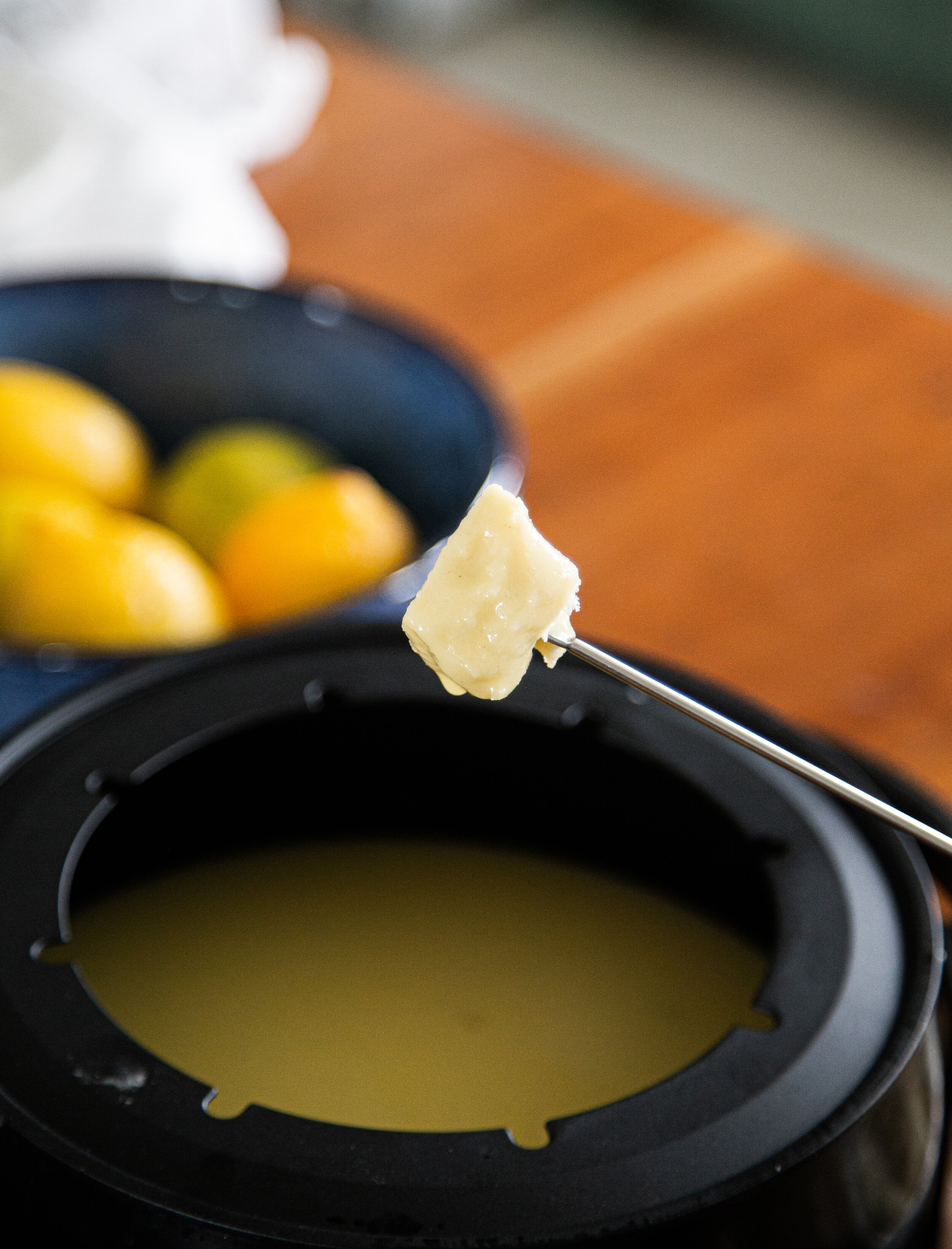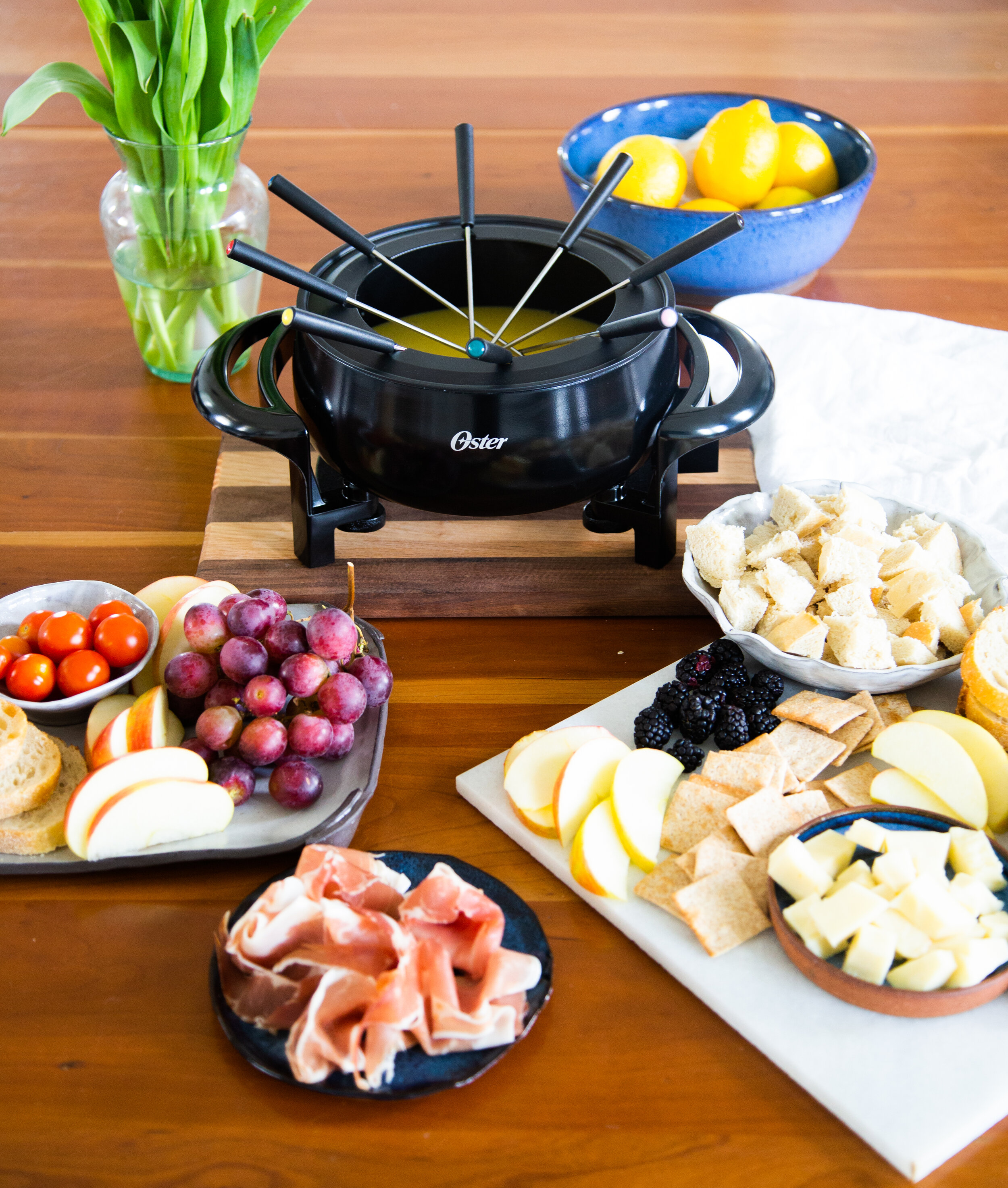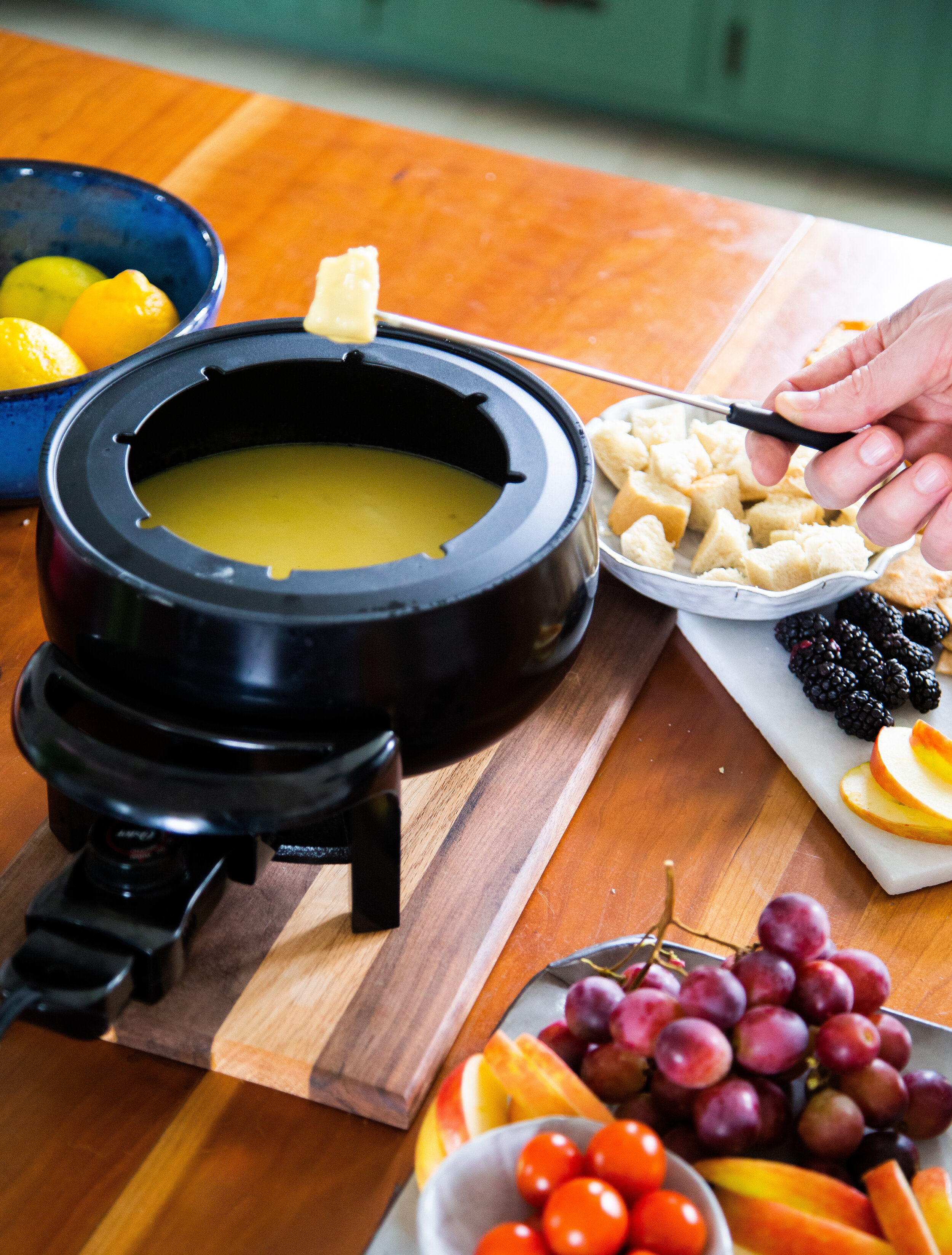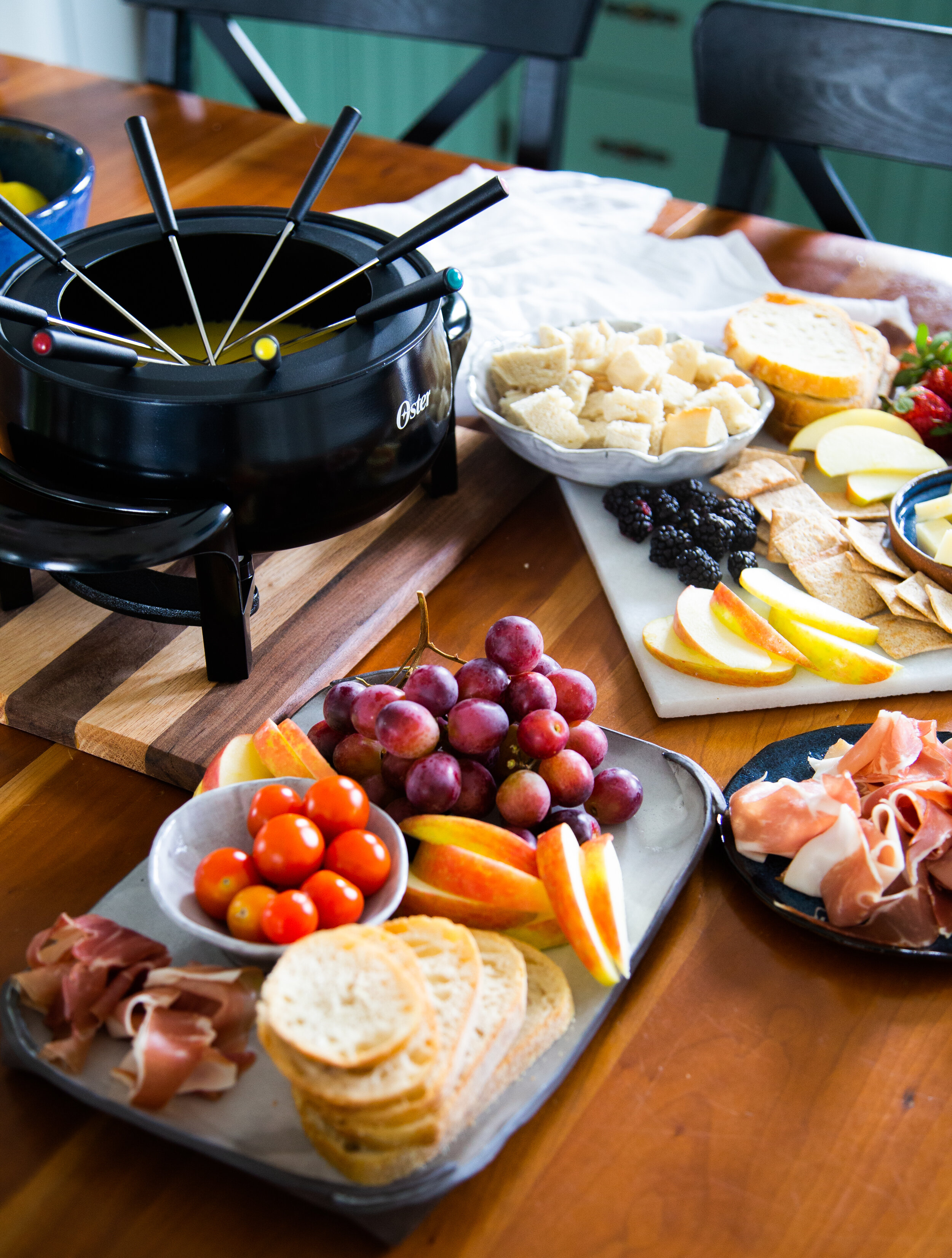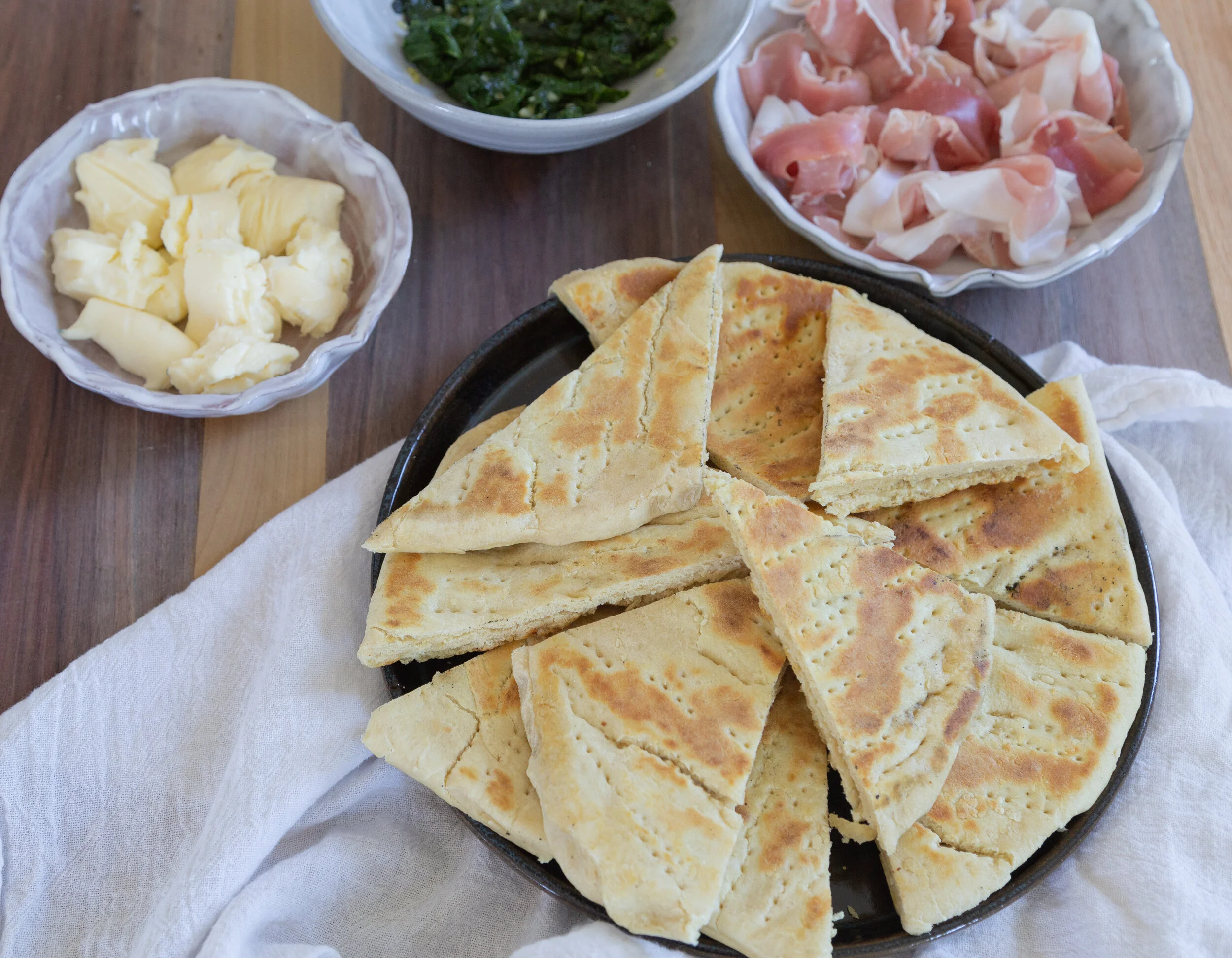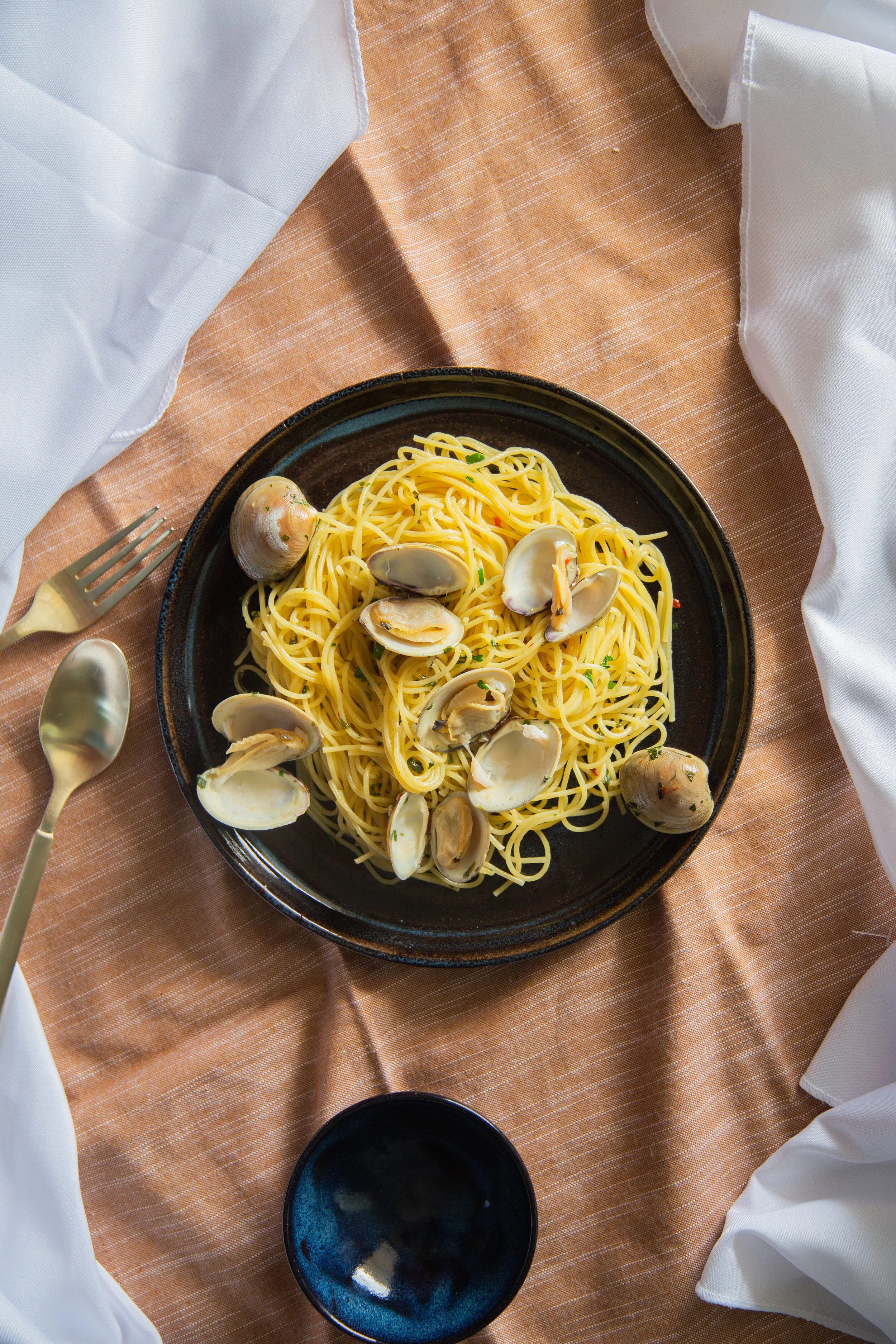Fonduta alla Valdostana: How Fondue Found Italy
When one thinks of fondue, images of either wallpapered dining rooms in the 1970’s or snowy Swiss chalets come to mind. Imagine my surprise to find that a fondue recipe was one of the Aosta Valley’s most treasured, authentic recipes! I couldn’t help but wonder, how in the world did fondue find its way to Italy?!
Today, I’m getting right into it, as well as sharing the recipe for one of the most creamy, rich dishes thus far for Roaming Italy!
Fondue History 101
Fondue is a quintessential Swiss dish. However, its history is quite a lot older than the creation of the first Swiss ski-lodge. In fact, fondue was mentioned as far back as Homer’s Iliad - where it was mentioned as a concoction of goat cheese, flour and wine. It’s hard to imagine Greeks eating fondue, but hey… it’s a fascinating idea!
Later, in the 1600’s, Swiss cookbooks note recipes of cooked cheese dashed with wine. However, some food historians claim that peasants created fondue to make use of stale bread and overflow cheese during those bleak and frigid winter months when fresh vegetables were not available! Gathering around the hearth to eat warm cheese in those cold times made remaining bread a delicacy.
By the 18th century, fondue was mentioned in both French and Belgium cookbooks. All of these early versions required Gruyère cheese from Switzerland. Needless to say, for this… many will forever tie fondue to Switzerland. Makes total sense! However, the modern, communal fondue (as we know it today) can be found in the late 19th century in the French Rhône-Alpes region. As this area neighbors Geneva, Switzerland… it would make sense that the Swiss would soon taste the dish soon enough.
But how in the world did fondue travel to Italy? The first recorded Italian to include fonduta in a cookbook goes all the way back to 1892 (around the same time as it was mentioned in Switzerland) - where it was called “one of the tastiest in Italy!”
One can only assume that Switzerland’s ingenuity for using up stale bread during the harsh seasons carried over to its neighbors in Italy. And for those in Italy’s alpine regions, ski chalets were sure to incorporate the dish as travelers began to expect the dish in their lodgings!
As for the dish’s more current popularity… in the 1930’s the Swiss Cheese Union (Schweizerische Käseunion) popularized fondue as a campaign meant to increase cheese consumption throughout the country! For us here in America, it wasn’t until the 1964 New York World’s Fair when we were introduced to fondue. The invention of the chocolate varietal quickly pleased the American sweet-tooth shortly after. From then on, fondue could be found far and wide throughout the country.
Fonduta Alla Aosta
Now, on to our Italian varietal of fondue! Fonduta alla Valostana comes from the mountainous region of Valle d'Aosta, where fonduta cheese reigns supreme. Fontina Valodastana is the crowning jewel of the dish, an ingredient produced by generations of Aostan farmers. Fontina cheese dates all the way back to 1270, when it was written in Latin… and later the word transformed to the ancient French word “fontis” that remarks on the cheese’s awesome melt-ability! (Is that a word? I just made it a word!)
This semi-hard, cow’s milk cheese can only be found in the Aosta Valley, where its remarkable taste comes from the cow’s diet of hay, feed and herbs of the grassy area. So, even though the fondue style of serving may be Swiss in origin, the main ingredient is solely Aostan! Many still argue over the origin of the recipe, but most agree that it was invented in Torino by the cooks of the Savoy family. The first written recipe dates back to 1854, when a truffle dusted fondue was written in a cookbook by author Giovanni Vialardi.
When serving Fonduta alla Valdostana, it’s traditional to have a side of delicious bread for dipping. However, locals won’t snuff at you adding sides such as potatoes, veggies or pickles to cut through the richness of the cheese! Not to mention, the addition of creamy egg yolks and a dash of white truffle shavings and seasoned with white pepper enriches the oozy, gooey dish.
Fonduta alla Valdostana
Fonduta alla Valdostana
Serves 4
7 oz. of fontina cheese, rind discarded and cubed
1 tbsp of plain flour
1/2 cup of whole milk
2 egg yolks
White pepper
Sea salt
White truffles (optional)
For serving: cubed bread, potatoes, veggies or pickles
Region: Valle d’Aosta
Process
Place your fontina cheese in a bowl and pour the milk over it. Cover the bowl and let is rest in the refrigerator for at least a few hours. This will let your milk absorb all that amazing flavor of the cheese, and in turn, the cheese will be creamy when cooked.
Place the cheese and milk mixture in a pot.
Add your flour and slowly heat until completely melted. Stir until there are no lumps in the mixture. Keep your fondue at a lower heat as you don’t want your milk to curdle.
Add your egg yolks and quickly stir.
While you wait for your cheese to melt, cut your bread into bite size pieces. If you’d like, you can toast these pieces of bread in the oven at 350°F for a 2-3 minutes to make them crispy. Up to you!
Pour your cheese mixture into the fondue pot over low heat.
Sprinkle in the white pepper, black pepper and truffles. Stir to combine.
Enjoy!
JUST FOR FUN
Don’t have a fondue pot? I have this one this size and it’s the perfect!
Or if you’re a real vintage-lover, this is a great option!
How adorable are these personalized fondue forks?
For those on the hunt for fontina from Aosta, I got your back!
A vintage Italian fondue recipe hankie? Ummm CUTE.

